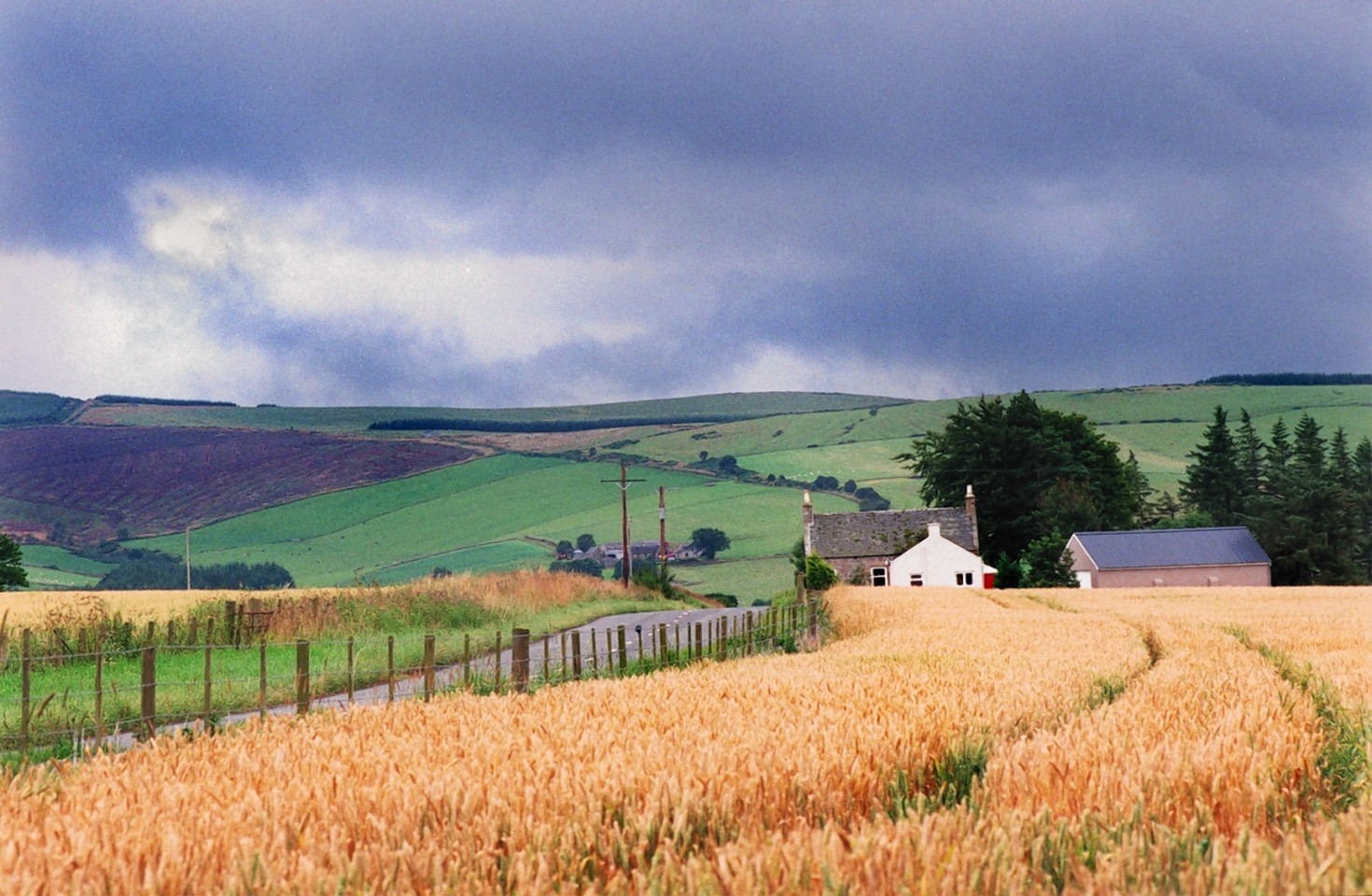Scottish Government has been warned amendments to the upcoming Land Reform Bill will almost certainly face legal challenge.
Landowners body Scottish Land and Estates (SLE) has condemned a new proposal to allow secure tenancies to be assigned to a new secure tenancy for value.
Chairman David Johnstone said the proposal breached landlords’ property rights – a view the organisation had sought legal opinion on.
“We are deeply ocncerned that key parts of the bill undermine property rights and will be vulnerable to challenge under European Convention of Human Rights (ECHR) legislation,” said Mr Johnstone.
“The minister made clear in the debate the need for rights to be respected – and that includes property owners. It is totally ridiculous for certain politicians to claim that any ECHR concerns raised by landowners are threats.”
Mr Johnstone urged government to drop the latest proposal and revert to its predecessor.
The original proposal, which was put forward by the government-led agricultural holdings legislation review group, was for secure tenancies to be converted to long-term fixed tenancies and then sold for value.
Mr Johnstone said although this could also face legal challenge, depending on the length of the tenancy proposed, it was a better alternative to the latest proposals.
He accused government of hammering landlords and “giving us a kicking” with its latest proposal and warned the sector was on track for another Salvesen-Riddell* type legal dispute due to rushed-through legislation and a drive for radical land reform.
“Everybody agrees we need a vibrant tenant sector and the bill was designed to create that,” said Mr Johnstone.
“We are now talking about stagnating it. How are new entrants going to be able to afford to buy into this? The drive for radical action in 2003 resulted in the Salvesen-Riddell case. Here we go again.”
He urged politicians from all parties to consider the implications of the new proposals and not to pander to an “unrelenting clamour for the bill to be made more radical”.
*The Salvesen-Riddell case was a legal challenge brought about by flawed legislation introduced by government in its 2003 Agricultural Holdings Act.
While the legislation was being approved and amended, it emerged that general partners in a limited partnership tenancy might be given security of tenure, causing some landlords to issue letters to quit to their tenants.
In reaction, the then farm minister, Ross Finnie, decreed that anyone served with such a notice would be granted a full tenancy.
This was then challenged, via the Salvesen/Riddell case, and deemed to be against the human rights of landlords with the blame placed on the Scottish Parliament.
